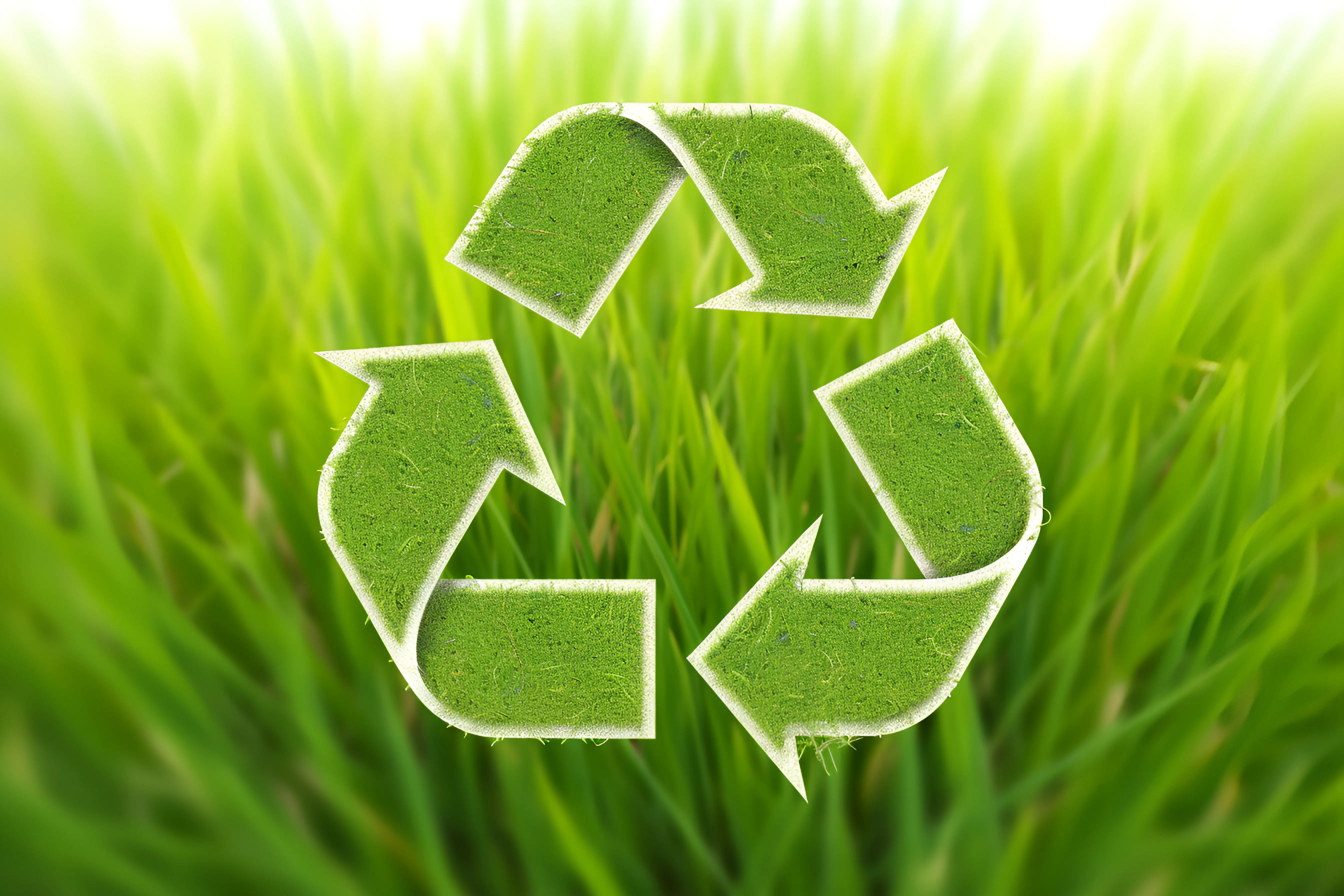Due to material complexity, high costs, technological limitations, environmental impacts and regulatory challenges, only 50-80% of valuable materials in batteries can be recovered.
Complex Composition
Diverse Materials
Batteries are also made up of a variety of metals, chemicals, and other components that are difficult to separate. Lithium-ion batteries are a prime example, as they contain cobalt, nickel, lithium, manganese, and aluminum. These components are complex in structure, making them difficult to extract and process.
Layered Structure
Another layer of difficulty comes from the structure of the battery itself. It is worth mentioning that lithium-ion batteries have layered electrodes and electrolytes. Separating these layers requires precision and advanced technology, and separating these layers on a large scale can be expensive and inefficient.
Hazardous Components
This is because many batteries contain toxic materials that can complicate the battery recycling process. For example, lead-acid batteries contain sulfuric acid and lead, which greatly increases the complexity and expense of recycling stations, requiring stricter safety precautions and special equipment.
Different Battery Designs
Battery recycling is categorized by battery type, which also depends on the diversity of battery design, whether it is alkaline, NiMH, or lithium-ion; all batteries require different recycling methods. It requires the use of completely different recycling facilities that can accept one type of battery but not another. The different battery structures mean that a simple one-size-fits-all recycling method is impossible.
Incomplete recycling processes
There is still a certain percentage of material that even the most advanced recycling processes cannot extract and reuse. Our current methods can only recover 50% to 80% of these valuable materials. The rest is lost in the recycling process (or becomes waste that must be disposed of separately). This inefficiency demonstrates the complexity and limitations of the current recycling technology landscape.
Economic Constraints
High Cost of Recycling
It turns out that recycling these batteries is expensive. Recycling lithium-ion batteries can cost as much as $3 to $7 per kilogram, including the labor, transportation, and processing technology required for the recycling process, which I calculated. Often these costs are higher than the value of the recovered materials, so the entire process is only economically viable if there are significant subsidies or incentives.
Market Prices of Raw Materials
Fluctuating prices for the raw materials extracted from the batteries can also affect the economic viability of recycling. For example, the price of cobalt can vary greatly depending on market demand and geopolitical factors. When prices are low, the revenue generated by selling these materials may not cover the cost of recycling, thus discouraging investment in recycling infrastructure.
Limited Economies of Scale
Recycling is also an industry that has not enjoyed the growing economies of scale that many other industries have achieved. High Unit Costs for Low-Volume Recycling Processes The expense and low volumes of small recycling plants increase the unit cost of recycling the remaining polymers. Building and operating a facility that can process hundreds or thousands of tons of batteries requires a lot of capital, making such a facility unattractive for some companies that don’t have the assurance of a more reliable revenue stream.
Technology Investments
Development of recycling technologies is expensive, especially advanced equipment. Investments in recycling improvements and aesthetic recycling methods and efficiencies also require time and money for research and development. More modern technologies such as hydrometallurgical and pyrometallurgical processes tend to have higher cash capital costs and operating costs that are unaffordable for most companies.
Lack of financial incentives
Currently, the economic resources to ensure this are almost non-existent. These additional costs can be covered by government subsidies, tax breaks or mandatory measures, but these are often insufficient or non-existent. In the absence of a strong policy context to absorb the financial impact, the costs are simply borne by the organization, making large-scale recycling less attractive.

Technological Limitations
Incomplete material recovery
However, existing recycling technologies struggle to recover all valuable materials from batteries. For example, other processes typically only recover 50-80% of the lithium and cobalt from lithium-ion batteries. Since only some of the recyclable materials (rather than all) are recovered in this partial manner, a large portion of these underlying valuable materials are lost in the recycling process, resulting in a loss of overall efficiency and economic viability.
Low separation efficiency
This makes it difficult to distinguish the individual components of the battery. Hydrometallurgical and pyrometallurgical processes are more advanced separation methods, which are energy-intensive and require strict control. Unfortunately, this means that ensuring the feasibility of complete recovery begins to become more complicated, as these processes often result in a lower yield of usable materials.
Handling and safety issues
Lithium-ion batteries are particularly prone to a range of safety concerns during recycling, as these lithium batteries can catch fire and/or explode, requiring extremely safe handling and highly specialized equipment. These safety measures not only increase operating costs, but also cause problems for the recycling process itself, as the batteries need to be handled and broken down with extreme care to avoid any catastrophic events.
Technical shortcomings
The technology used in battery recycling has not yet been developed to address the pressing issue of the number and variety of batteries. Many recycling plants are only equipped to handle one or two types of batteries, which is a problem given the variety of battery types on the market. In addition, the rapid development of new battery designs is often faster than the recycling industry can keep up – resulting in recycling processes becoming outdated or unable to handle the latest designs.
R&D gap
Current research is still hampered by the small number of effective and scalable recycling technologies. Investment in R&D is critical, but progress can be very slow and fragmented. While promising innovations (such as direct recycling, which can preserve the battery structure and avoid complete dismantling) are being developed, they have not yet been widely implemented due to technical and economic limitations.
Environmental Impact
Recycling-Related Emissions
Recycling batteries generates significant greenhouse gas emissions. Pyrometallurgical processes involve high-temperature smelting to recover metals, which generates significant carbon dioxide emissions. These emissions contribute to climate change and undermine the environmental benefits of recycling.
Chemical Waste Management
Battery recycling uses chemicals that are harmful to the environment. Hydrometallurgical processes use heavy metals such as acids and solvents, which can contaminate the environment in the form of water and dirt if not managed properly. Disposal and treatment of these chemical wastes are both very difficult, and even when regulations exist, they are not always followed.
Energy Consumption
Battery recycling is very energy-intensive. Unfortunately, the energy required to do so is often greater than the resources gained from recycling the battery components. For example, recycling lithium-ion batteries requires 20-25 kWh per kilogram, which in some cases is equivalent to the energy required to manufacture a new battery and can offset some of the environmental benefits.
Resource Depletion
Although one of the purposes of recycling is to save resources, new materials are also used in the process. These solvents and reagents can be used in other recycling processes. The production and disposal of these materials deplete resources and create additional environmental impacts, so recyclability is not enough.
Long-Term Environmental Risks
The potential long-term environmental costs of battery recycling are not yet known. Waste and byproducts from recycling can be difficult to handle in the long term. For example, landfills containing battery recycling residues can leak toxic substances into the environment over time, negatively impacting ecosystems and human health.

Regulatory Challenges
Inconsistent standards around the world
One of the main challenges with regulation is that recycling standards vary from country to country. For example, the European Union has strict regulations for the Waste Electrical and Electronic Equipment Directive (WEEE), while other regions may lack comprehensive policies. This difference makes it difficult for global companies to develop a unified recycling strategy, resulting in inefficiencies and gaps in recycling efforts.
Limited enforcement
Even where regulation is strong, enforcement may not be strong enough. For example, even in the United States, where lead-acid batteries are supposed to be recycled, only about 50% of them are recycled. The lack of tracking and monitoring processes leads to large-scale disposal of used batteries after they are scrapped (or flow into the gray market), undermining the regulation’s inadequate efforts to promote recycling.
Costly compliance
It can be costly for recycling companies to comply with very strict environmental regulations. These requirements cost a lot of money, whether it’s safely processing, transporting, or handling hazardous materials. Now a large number of delivery drivers will receive a pay raise just to help prevent the Tianjin explosion. These costs are often unbearable, making it difficult for some small companies to operate within the regulatory system.
Evolving battery technology
Battery technology is evolving so rapidly that regulations are always lagging behind. As new battery chemistries and designs, such as solid-state batteries, come into use, regulations to ensure safe recycling of batteries will need to evolve. This regulatory lag means that the adoption of new technologies is delayed, as is the development of efficient recycling processes for new batteries.
Cross-border regulatory enforcement
In addition, cross-border recycling of used batteries brings with it additional regulatory complexity. Countries around the world have different import and export restrictions on used batteries and waste electrical and electronic equipment. This in turn leads to more expensive and time-consuming recycling, as companies will be burdened with extensive documentation and subject to many legal frameworks to comply with industry requirements.
